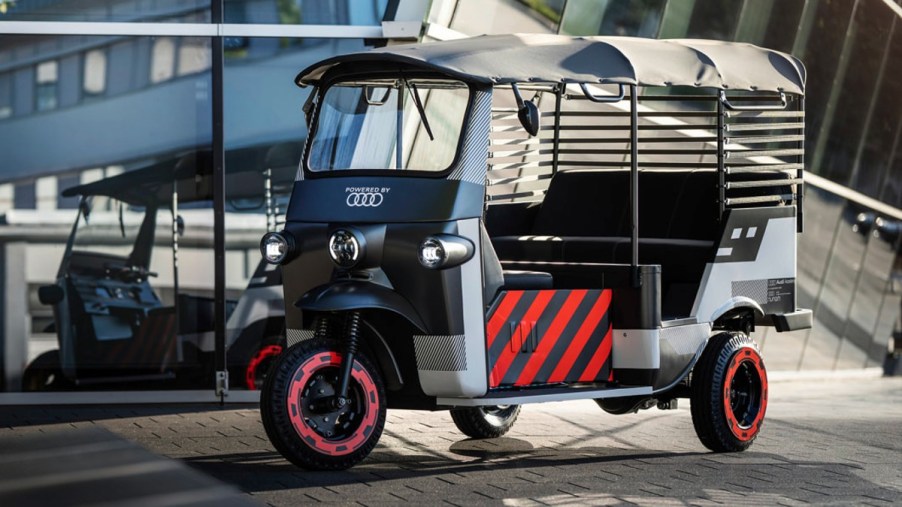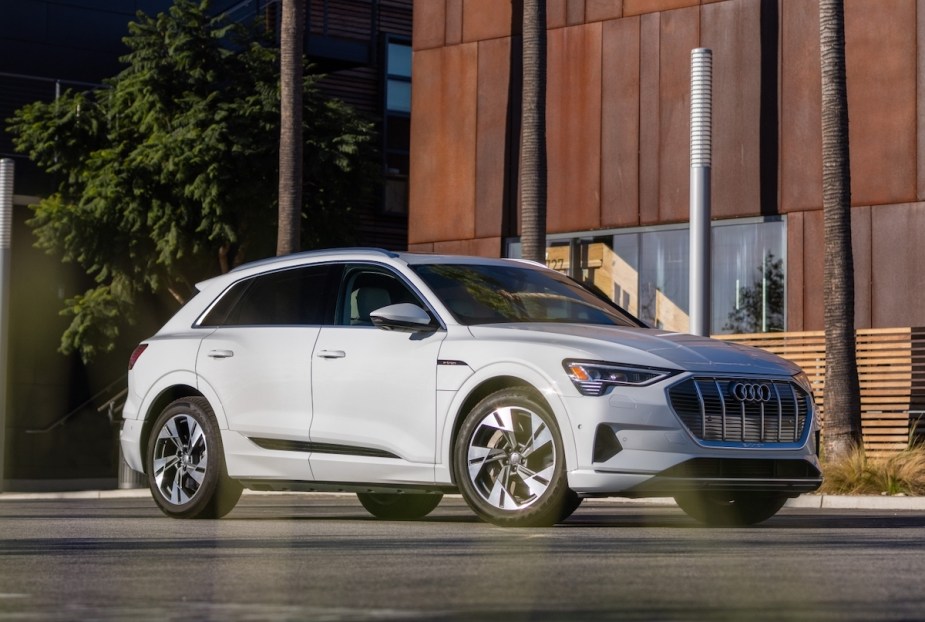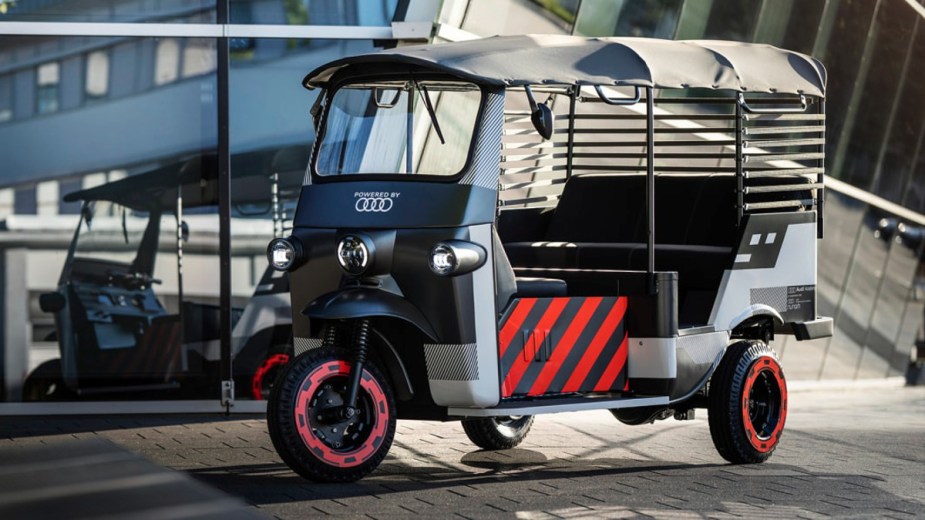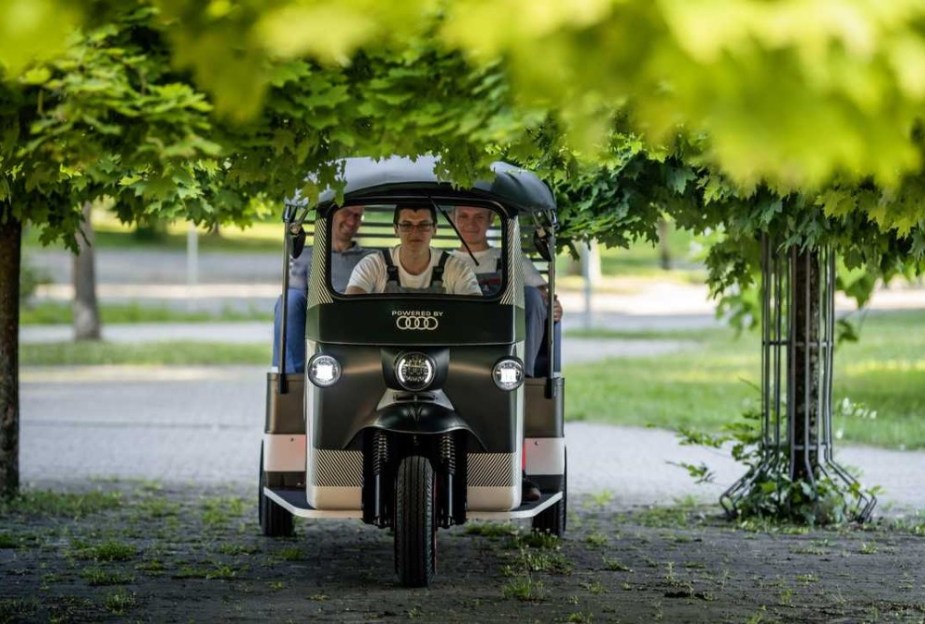
Your Future Rickshaw Ride Could Be Powered by Audi E-Tron Batteries
If you think of rickshaws and picture small carts pulled by people, you’re thinking back a long way. Today, these small vehicles use gasoline and diesel power, but future rickshaws will use electric batteries. Currently, Nunam, a German-Indian startup, is preparing three electric rickshaws for use on Indian roads using batteries from Audi e-tron electric vehicles.
Used Audi e-tron batteries see a new life

One of the challenges facing the auto industry is what to do with EV batteries once the car life cycle has ended. While some companies explore recycling programs and others look into dismantling the batteries for their materials, Audi has another idea. These high-voltage batteries might not have enough juice to power cars any longer, but they could easily power smaller rickshaws.
Using batteries from these electric vehicles, the systems receive a second life, and the rickshaws have plenty of power to transport people on narrow streets.
What is a modern-day rickshaw?

The bamboo and ratan carts of old are no longer used and haven’t been used in modernized countries for many years. Today, these vehicles are a cross between a moped and a van, offering three wheels for the ride. Rickshaws, used in India and Thailand to transport people and goods on narrow streets use small gasoline engines.
How do Audi e-tron batteries fit in rickshaws?
Current rickshaws are stripped of their two-stroke gasoline engines, which is replaced by an electric motor. These vehicles have specially-designed flooring to handle the size, load, and complexity of the old e-ton batteries. Preventative measures, including splash-proofing the battery casings, are necessary to protect the driver and passengers.
How long with these EV batteries last in the rickshaws?

Part of the release and development of these new electrified rickshaws will be learning how long the Audi e-tron batteries will power these vehicles. While typical electric rickshaws (yes, there are some already in use) charge batteries using the public grid, Nunam’s models offer something different. InsideEVs tells us the Nunam rickshaws will use solar-powered charging stations set up at various locations to recharge these batteries.
Incidentally, current electric rickshaws in India use lead-acid batteries, which have a short service life. Oftentimes, these batteries are not disposed of properly.
The Audi e-tron electric vehicle batteries will have a third life
Once the electric rickshaws using the e-tron batteries have run their course, what happens to the batteries? Amazingly, these batteries should still possess plenty of power to operate stationary appliances. This means running LED lighting in a home or some of the small kitchen appliances we use daily.
Something similar to this third life process is already taking place. Old BMW car batteries powered Coldplay’s most recent stadium tour. This proved that these batteries have many uses after powering electric vehicles.
How will the Nunam Audi e-tron-powered rickshaws undergo testing?
The Nunam rickshaws will transport women in India to market with their goods for sale, once the pilot project begins in 2023. This should help these women bring more to the market faster than before, helping to strengthen their income and job opportunities.
Next, learn more about the recent Chevy Silverado EV road test, or enjoy learning about the Nunam Rickshaws in the video below:



